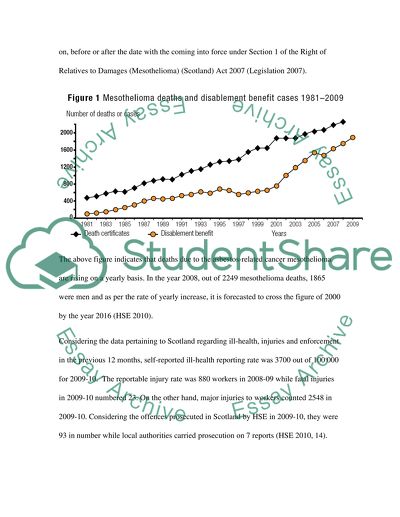Cite this document
(“Environmental safety Assignment Example | Topics and Well Written Essays - 2250 words”, n.d.)
Retrieved de https://studentshare.org/family-consumer-science/1404883-environmental-safety
Retrieved de https://studentshare.org/family-consumer-science/1404883-environmental-safety
(Environmental Safety Assignment Example | Topics and Well Written Essays - 2250 Words)
https://studentshare.org/family-consumer-science/1404883-environmental-safety.
https://studentshare.org/family-consumer-science/1404883-environmental-safety.
“Environmental Safety Assignment Example | Topics and Well Written Essays - 2250 Words”, n.d. https://studentshare.org/family-consumer-science/1404883-environmental-safety.


